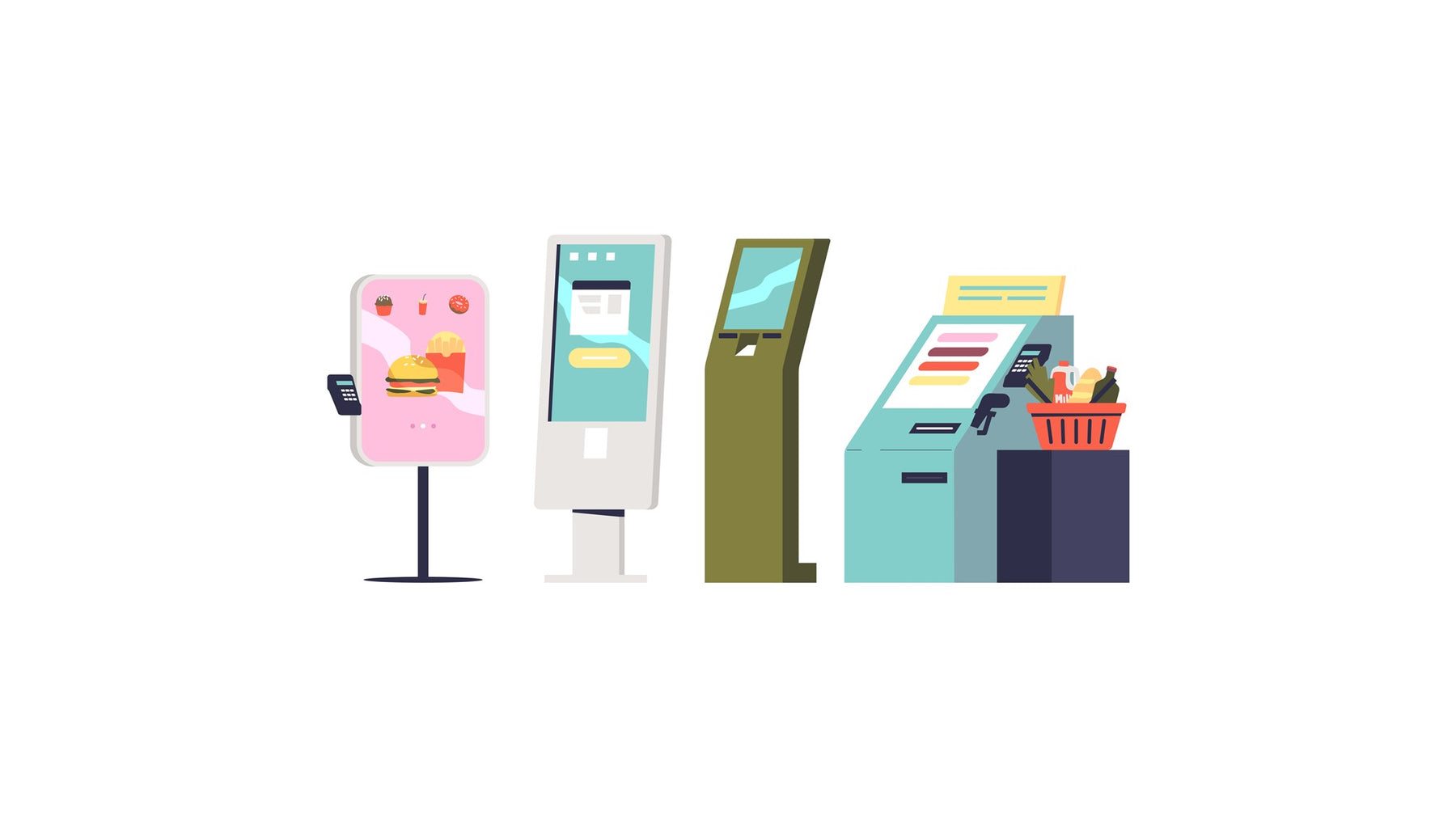Email: ashley@numa-tech.com
Email: sales@numa-tech.com

In the digital age, self-service kiosks have become a ubiquitous presence in our daily lives. From self-checkout machines at grocery stores to airport check-in terminals and healthcare registration systems, self-service kiosks have streamlined a multitude of processes, making them more efficient and convenient. At the heart of many of these kiosks lies a small yet indispensable piece of technology - the 2D barcode scanner. But why is this unassuming device so crucial, and how does it impact the functionality of self-service kiosks? This article delves into the significance of 2D barcode scanners in self-service kiosks.
Understanding the Basics
First, let's establish what a 2D barcode scanner is and how it differs from its 1D counterpart. Traditional 1D barcodes, often seen on product packaging, are composed of vertical lines and spaces, which represent data in a linear format. In contrast, 2D barcodes, such as QR codes, can store data in two dimensions - horizontally and vertically. This extra dimension allows 2D barcodes to contain significantly more information, making them incredibly versatile.
Data Capture Capabilities
One of the primary reasons 2D barcode scanners matter in self-service kiosks is their data capture capabilities. These scanners can read both 1D and 2D barcodes, making them adaptable to various applications. For instance, in a retail environment, a 2D barcode scanner can effortlessly scan traditional product barcodes, ensuring smooth and accurate checkouts. Simultaneously, it can read 2D barcodes found on loyalty cards or digital coupons stored on customers' smartphones.
Enhanced Information
The ability to scan 2D barcodes is not just about compatibility; it's about access to richer information. Traditional 1D barcodes are limited in the amount of data they can store. This limitation means that they often contain only a product identifier, requiring the kiosk to access external databases for additional information. On the other hand, 2D barcodes can hold a wealth of data, including product descriptions, pricing, serial numbers, and even web links. This enables self-service kiosks to provide users with more comprehensive and detailed information.
Versatility Across Industries
Self-service kiosks are deployed in a wide range of industries, from retail and healthcare to transportation, ticketing, and beyond. Each sector has its unique requirements and barcode formats. A 2D barcode scanner's ability to handle this diversity is invaluable. For example, in a healthcare setting, patients might have medical records and identification stored in 2D barcodes, ensuring quick and secure access to vital information. In the transport sector, boarding passes and e-tickets are often presented as QR codes, which 2D scanners can effortlessly process.
Future-Proofing
Technology is constantly evolving, and businesses must adapt to stay competitive. Many organizations are shifting toward 2D barcodes for their versatility and data capacity. By incorporating a 2D barcode scanner, a self-service kiosk future-proofs itself. It can handle the evolving landscape of barcode technology and cater to changing customer expectations.
User Experience
The user experience is a critical aspect of self-service kiosks. 2D barcode scanners play a significant role in enhancing this experience. Customers increasingly prefer digital tickets, loyalty cards, and mobile coupons. These digital assets are often stored in 2D barcode format. A kiosk equipped with a 2D barcode scanner can quickly and efficiently scan these codes, eliminating the need for physical cards or paper tickets. This not only speeds up transactions but also aligns with the modern consumer's preference for digital convenience.
Security Considerations
In certain industries, such as healthcare and financial services, data security is of paramount importance. 2D barcodes can include encryption and security features, providing an added layer of protection for sensitive information. This makes 2D barcode scanners essential for applications where data security is a concern.
Must know features of NUMA DT-80

Barcodes supported
1D codes: All UPC/EAN/JAN, Code 39, Code 39 full ASCII, Code 32 / Italian Pharmacode, Code 128, CODABAR, Interleaved 2 of 5, MSI, Code 93, GS1 DataBAR 14, GS1 DataBar Expanded, GS1 Expanded Stacked, GS1 Data Bar Limited, GS1 Composite Component A/B/C
2D codes: PDF417, Micro PDF417, DataMatrix, QR Code, Micro QR Code, Aztec, Maxicode
Good read e-barcode on mobile device screen
The high-speed decoder integrated in the 2D barcode scanner presents rapid reading performance even when reading poorly printed and damaged codes, or reading codes on LCD screens of mobile phones, PDA’s and computers.
Program the wired barcode scanner to satifsfy what you need
The 2D scan engine integrated can be programmed with no difficulty or effort. NUMA provides rich configuration codes that fit for different user demands. User can simply scan the barcodes provided and configure the reader as needed, easy and quick setting.
Connect to different interfaces as needed
No matter user’s system requires USB-KB, USB-COM or RS-232 interface, NUMA 2D barcode scanner only needs to change cable and configure to the right interface if they want to change the interface. USB-COM is also available if the system does not have enough serial port. Users can install driver to use USB simulate serial data transmission.
In conclusion, 2D barcode scanners are the unsung heroes behind the efficiency and versatility of self-service kiosks. Their ability to capture diverse data, provide enhanced information, and adapt to evolving technologies ensures that self-service kiosks remain relevant and valuable in a rapidly changing world. So the next time you use a self-service kiosk, remember that the unassuming 2D barcode scanner is a pivotal component, silently contributing to the seamless experience you enjoy.
Find out more information of NUMA scanners for self-service kiosks, please visit NUMA website https://www.numa-tech.com/. Or please send your inquiry to sales@numa-tech.com for proposal and quote.